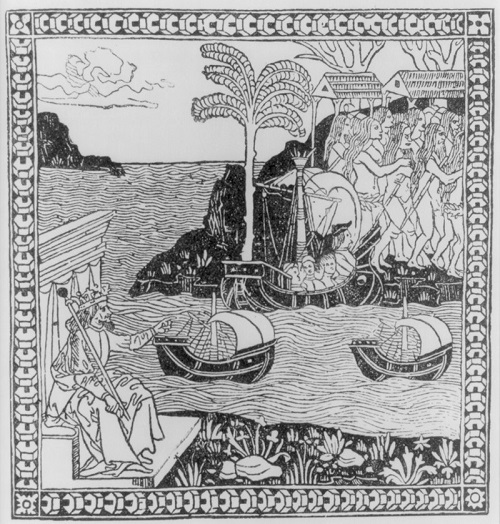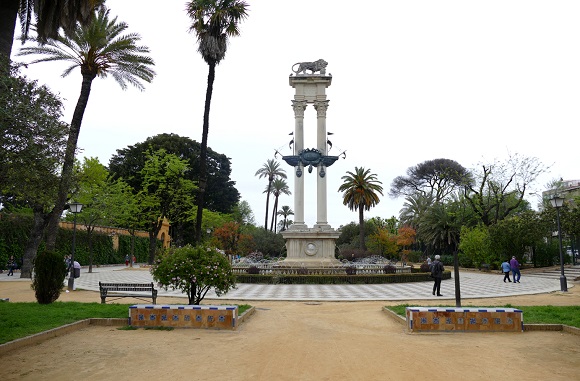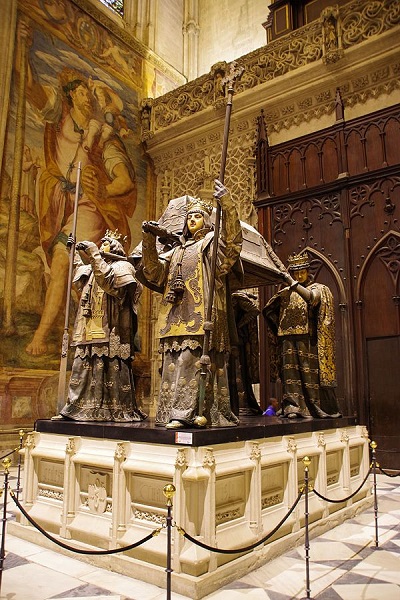Early Adulthood
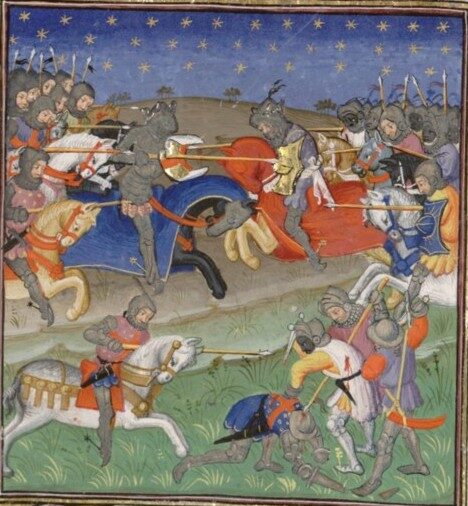
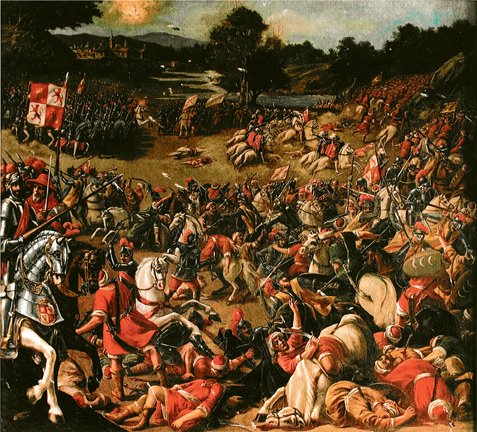
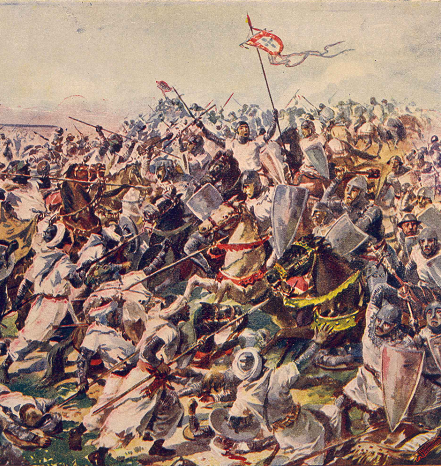
It’s no coincidence that in 1389 we have the first ever recorded procession of Corpus Christi. It is also not a coincidence that the decision for the construction of a new Gothic cathedral in the place of the old grand mosque was taken in 1401. The construction would start 30 years later and completed in 1511.
The religiosity of the era would be even more accentuated with the establishment and first ever executions of the Spanish Inquisition taking place in 1481 in Seville. In fact it was the Archbishop of Seville Pedro González de Mendoza and a Dominican friar from Seville who had convinced Queen Isabella of the need for its existence during her stay in the city three years earlier. The old castle of Triana that had been occupied by the military Order of of Saint George of Alfama after the Christian take-over would serve as the Headquarters of the Court of the Inquisition.
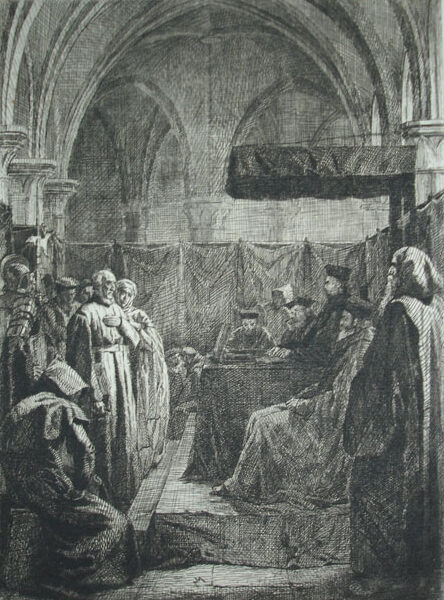
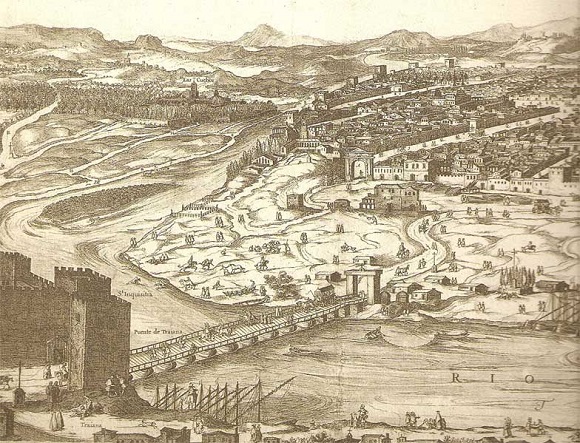
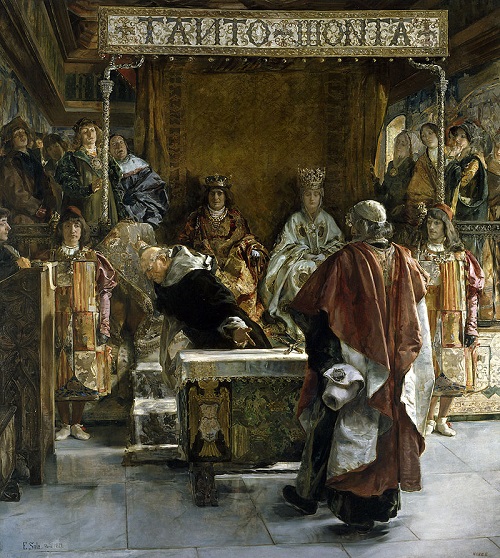
In 1492, right after the victory of the Catholic monarchs Queen Isabella I of Castile & King Ferdinand II of Aragon against the Emirate of Granada, the freed by the Islamic rule Kingdom of the Iberian peninsula would open its wings at a span that would reach all the way to the undiscovered American continent. A few months after the resounding Christian victory Christopher Columbus sailed off for his first journey across the Atlantic, opening a gateway to the New world that would transform Seville into one of the richest and most important cities in the world.
In 1503 Seville is granted the monopoly of trade with the Americas by the monarchs. Sevilla’s port becomes the Puerto de Indias. The Casa de la Contratación de Indias in Sevilla becomes the headquarters of the trade with the new world and the archdeacon of the Cathedral of Seville the man responsible for its operation.
